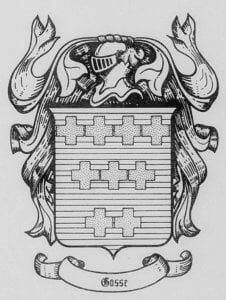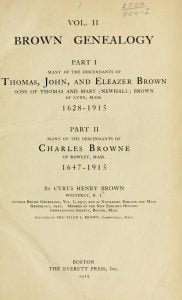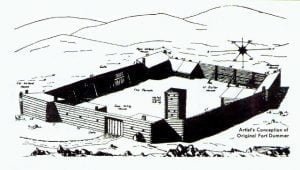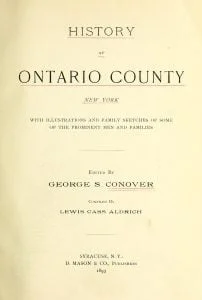Gosse Timber and Adjoining Branches
This is the genealogy of Martin and Charlot Linde Gosse, who came to America about 1846 from Prussia. They settled in Sheboygan County, Wisconsin and after their arrival with their children, Martin and Charlot purchased land in Town Mosel and became farmers. The known children of Martin and Chariot were: August (1829-1902), Henrietta (1831-1911), Charles Gustav (1834-1880), William (1836-1909), Herman (1838-1915), Augusta (1843-1925), Gottlieb Heinrich (1845-1888), and Johann H. (unknown).








